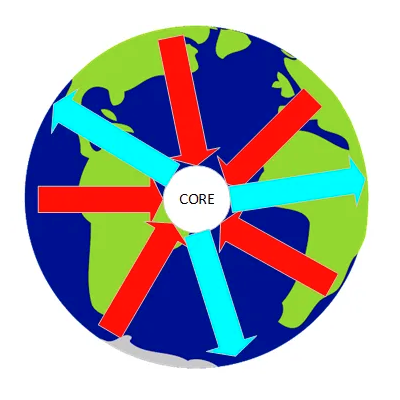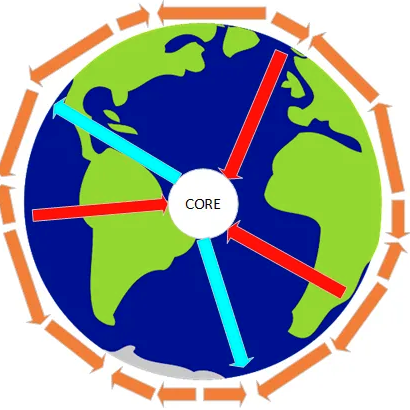Why Edge is about to flip things on its head

Edge certainly is a very topical area at the moment and is going to be for the foreseeable future. Most articles and conversation talk about the benefits that Edge will bring from low latency 5G networks, AI, cloud computing, storage and so on, but not many of them talk about what it is going to take to get there.
If you take a look at what is being proposed, and I mean a really good look, you may notice that a lot of the “traditional” methods we use today for cloud, networking and security may not be up to the job and therefore, we are going to need a new approach.
So why is this? Well at high-level, it’s a huge undertaking of decentralised resources! Its going to take a number of vendors, providers and solutions to deliver the end results and we need to have open and interoperable platforms with security and collaboration at its heart.
Edge locations are not just a scaled down version of a data centre, they are critical infrastructure that will support a million connected devices and IoT censors. As more and more Edge locations are rolled out the attack surface is increased. With each Edge location supporting a million connected devices providing services for health, education, local authorities, businesses, latency sensitive vehicle control and so on, any impact to the infrastructure would have a dramatic effect on service delivery and could potentially be life threatening. Many Government agencies see this as the #1 emerging threat. We need a rethink at Edge scale.
Currently the architecture of the Internet is that we gravitate to the core. Must of what we do today heads up stream to the core and back down again. In some sense this can be a long journey and the further away from the core you or, the less you have. This approach is not going to be very efficient for Edge with the millions of connected devices, large data, and a lot of localised data that never needs to go to the core. Things could not only slow down considerably, but break!

For example: –
Each 5G connected vehicle/EV can collect ~1.6Tb of data in a day. Uploading this to a core network or cloud would take far too long and how much of the data would be useful short term? Delivering this data to the Edge would take a fraction of the time, and in turn the data could then also be stored locally to where the vehicle is stored with an AI application reviewing the data, only uploading a small fraction of this data to the vehicle’s manufacturer for service improvements, a local repair shop once a fault has been identified, servicing is due, or even better, proactive maintenance. In addition, Over the Air (OTA) upgrades can be stored at the Edge and sent to many vehicle’s fast and effectively reducing backhaul traffic.
So, what needs to change? Answers on a postcard. For the gravitation “Flip” to occur we need to understand that, at some point, and sooner than later, we will move away from gravitating to the core.

Instead, most of the data will transverse at the Edge with geographical bound hubs. Data will be processed at the Edge, data will be stored at the Edge, humans and machines will create petabytes of data and we need to evolve to process it.




